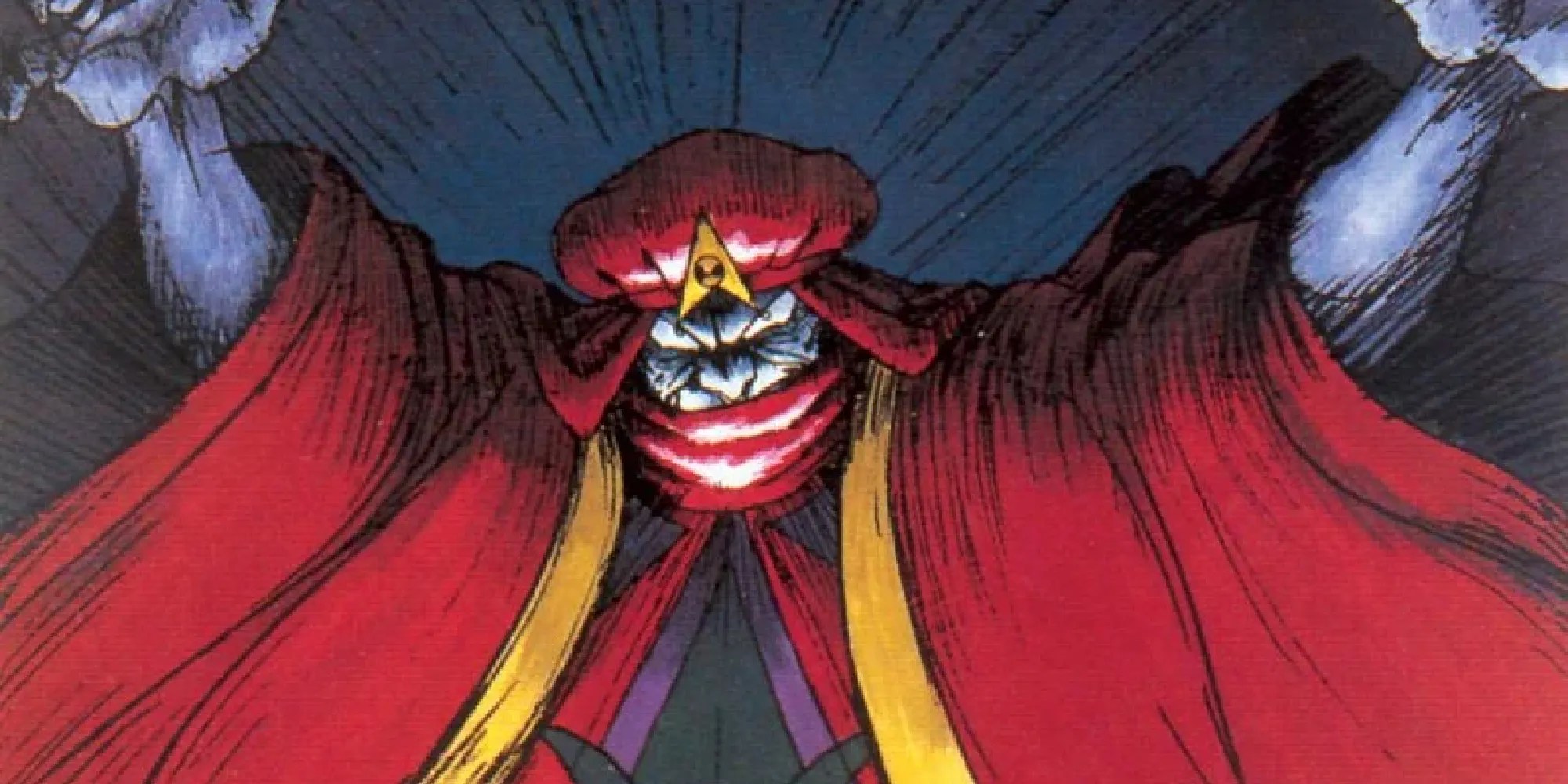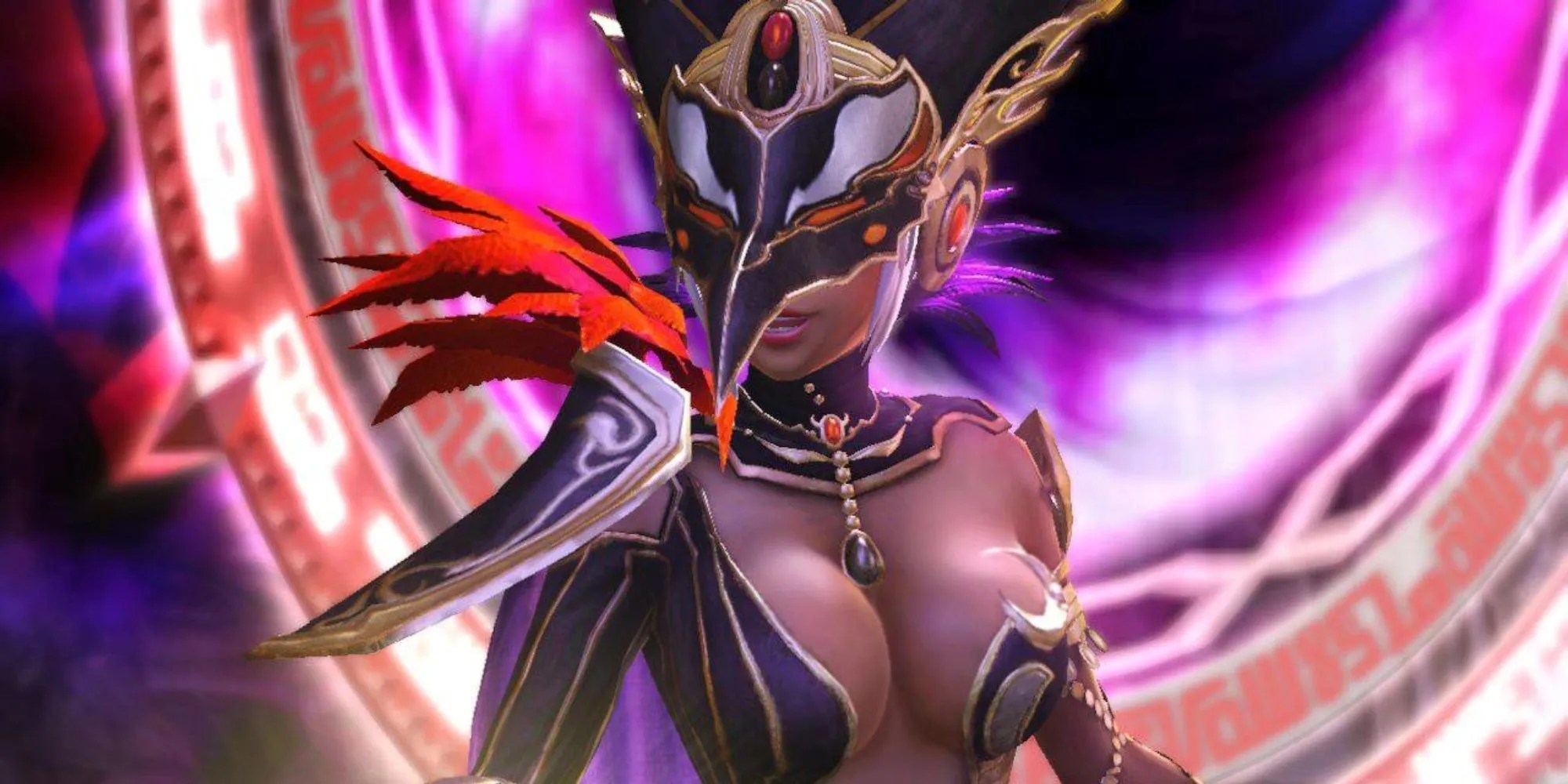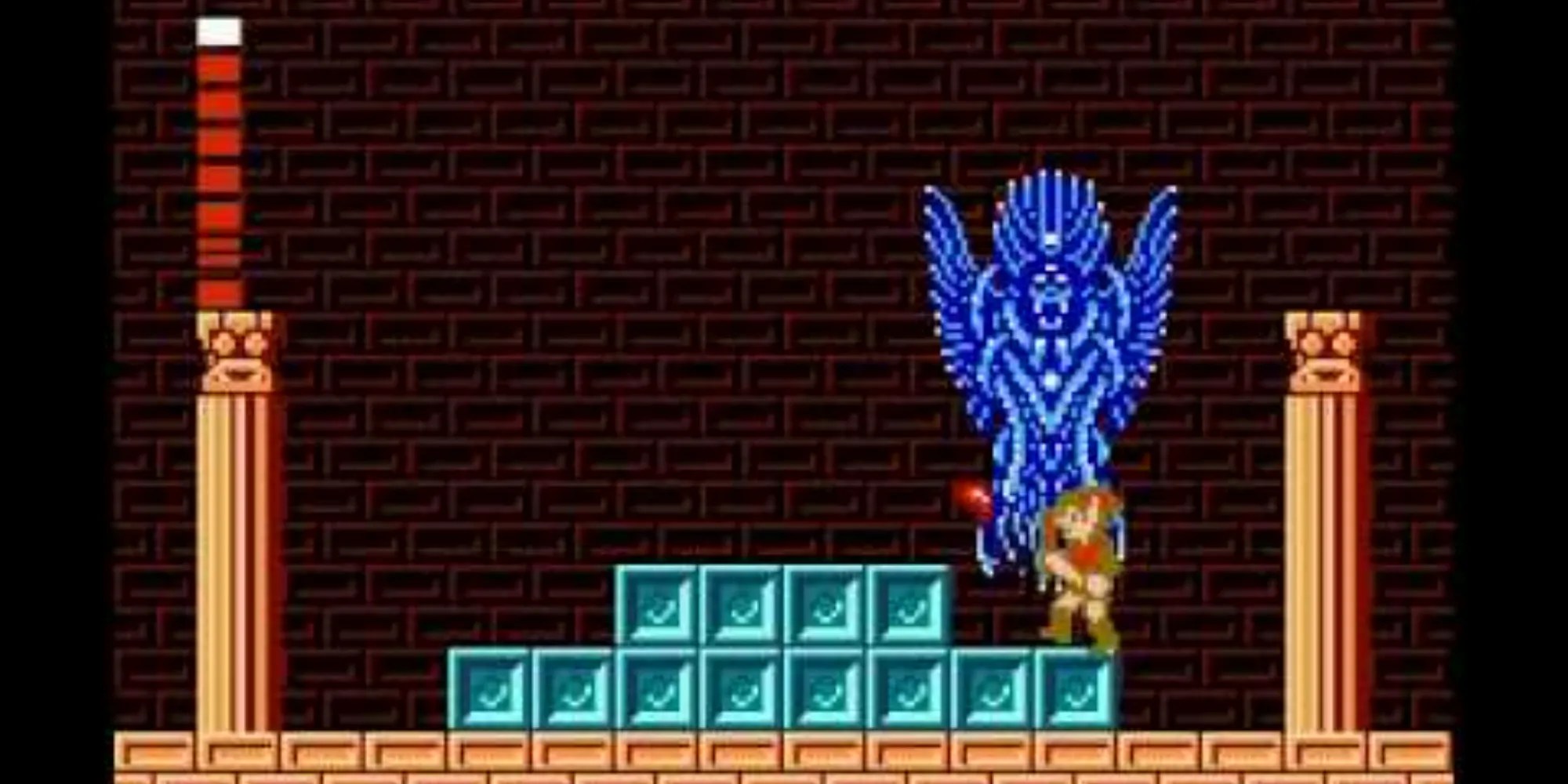Summary
SinceThe Legend of Zeldafirst debuted on the Nintendo Entertainment System in 1986, it’s become one of Nintendo’s most popular franchises, appearing on every single one of their handheld and home consoles. Most games center on the courageous hero Link, who is tasked with rescuing the wise Princess Zelda from the evil and powerful Ganondorf.
However, it can be easy to forget just how many villains have appeared throughout theZeldaseries other than Ganondorf. Most of them only appeared in one game of the series, and sadly didn’t make much of an impact beyond that. It’s worth being reminded of theseZeldavillains, many of whom were just as menacing as some of Ganondorf’s most powerful iterations.

Dungeon
Black Tower
The Legend of Zelda: Oracle of AgesandOracle of Seasonsare some of the more forgettable entries in Nintendo’s unforgettable franchise. As Game Boy Color releases, they copied thePokemonmethod of releasing two slightly different games. While thisconfoundedZeldatimeline purists for years, it also led to having two different villains, one of which being Veran.
While Veran has the privilege of being a rare femaleZeldavillain, she’s merely a sorceress secretly serving Twinrova, who notably debuted inOcarina of Time. At the very least, Veran makes for a decent boss fight, especially when she transforms into different creatures like a spider or bee. Her true fairy form would also be more terrifying if it wasn’t confined to Game Boy pixel art.

Onox’s Castle
While Veran takes antagonist duties inOracle of Ages,Oracle of Seasonsfeatures a much different villain in the form of General Onox. This is a more familiar villain to theZeldafranchise,physically resembling the Iron Knuckle mini-bossfromOcarina of Time. However, he serves a similar purpose to Veran’s in Labrynna, merely as a servant to Twinrova who plans to conquer the sister country of Holodrum.
Onox differs greatly from Veran in his boss battle, with different moves, and even a much different final form, resembling a massive dragon. At the very least, the pixel art behind Onox’s transformation is a bit more interesting.

Temple of the Ocean King
There’s a lot that’s memorable aboutThe Legend of Zelda: Phantom Hourglass, the DS sequel toThe Wind Waker. However, what’s surprisingly not memorable is the game’s final boss: Bellum, a phantom with terrifying tendrils stealing the Life Force of people and turning them to stone. This led to him capturing Tetra and petrifying her, not even realizing she was actually Princess Zelda.
It’s interesting in hindsight for aZeldagame to have a villain who’s less conniving and more a creature of dark instinct. However, as it embodies many different forms, it can be hard to remember the specifics of this monster exactly. There is at leastone memorable fight against a possessed Linebecktrapped inside a suit of armor, known as Bellumbeck.

Hyrule Castle, Ganon’s Tower
AlthoughThe Legend of Zelda: A Link to the Pastwas only the thirdZeldagame to be released, it was quick to set a precedent for the series by reintroducing Ganon as the final boss. For most of the game before that, however, players assume their ultimate enemy is Agahnim, who simply turns out to be another alter-ego of Ganon disguised as a worshipping sorcerer.
Nevertheless, Agahnim has yet to reappear in the series, though it may be possible the use of the character was composited into Ganondorf, Ganon’s human form. It’s also possible Zant fromTwilight Princesswas conceived to be a more original, memorable version of Agahnim. Either way, it’d be fascinating to seea reinterpretation of this character in a modernZeldatitle.

Tears of the Kingdom
Water Temple
BecauseBreath of the WildandTears of the Kingdomrevolve around Ganon, whether it be Calamity Ganon or Ganondorf,the actual boss battles in the gamecan be somewhat forgettable. But none are more underwhelming, at least in design, than Mucktorok fromTears of the Kingdom, who is battled at the end of the Water Temple and the source of pollution in Lanayru.
While its true form resembles a squid, when traveling through its created muck it takes on the form of a shark. It can be quite a frustrating fight, considering the sludge it leaves behind will slow Link’s movements while traveling through it. The one bonus to this fight, despite Mucktorok’s forgettability, is getting to team up with Prince Sidon to clear the battlefield of mud.

Drablands Fortress, Sky Temple
There aren’t manyZeldagames that are more forgettable thanTri Force Heroes, the Nintendo 3DS title which emphasized multiplayer co-op with a requirement of three players. Lady Maud, a.k.a. The Lady, is one of the final bosses of the game, a witch who curses the beautiful Princess Styla by forcing her to wear an ugly, brown jumpsuit that she can’t take off.
Summoning three Links to undo Lady Maud’s curse, players eventually face off against her, or rather, her Pets. It’s not until the Sky Temple that players get to battle Lady Maud directly, which involves very elaborate dresses and lots of projectile parasols. Suffice it to say, but she doesn’t leave a lasting impression, and neither does the criminally-shortTri Force Heroes.

Tower of Spirits
As far as handheldZeldagames go,Spirit Tracksis one that many fans of the franchise have fond memories of. However, while their minds may immediately think of Chancellor Cole or Malladus as the main antagonists of the game,they might be pleased to be reminded of Byrne, a recurring boss throughout the game who is sent by Cole to kill Link, desiring the power of Malladus.
After fighting Byrne in the Tower of Spirits, Byrne is betrayed by Malladus, possessing the body of Princess Zelda. He then becomes an ally for Link and Phantom Zelda, eventually sacrificing himself so that Zelda can return to her body and Malladus can be defeated. Although the game promises Byrne will come back, he has yet to return to the franchise, leaving him in the dust.

Valley of Seers, Twilight Realm, Temple of Souls
While theHyrule Warriorsgames are not canon to theZeldatimeline, they do have some pretty neat characters all to themselves. One of them is Cia, the game’s main antagonist who launches a war against Hyrule. As it turns out, Cia was not always evil, as she originally was a protector of the Triforce whose romantic desire for Link was preyed upon by Ganondorf for evil purposes.
As a result, Cia’s light and dark sides were split, with the light manifesting in Hyrule’s ally Lana, another original character toHyrule Warriors. Cia’s arc throughout the game isquite tragic for aZeldagame, but considering the status ofHyrule Warriorsas a Wii U spin-off title, it’s rare that many remember the character much at all.

Great Palace
Zelda 2: The Adventure of Linkcan’t be blamed for introducing a lot of aspects to the franchise that weren’t continued in subsequent games. As the secondZeldagame, Nintendo was still in a period of discovery and experimentation with what aZeldagame evenis.That’s never more apparent than the appearance of Thunderbird, a real-life mythological creature, as an endgame boss.
However, according to the manual forThe Adventure of Link, this Thunderbird was created by the King of Hyrule to protect the Triforce. Unfortunately, it was corrupted by the evil of Dark Link and must be defeated before Link fights his shadow. It’d be interesting to see Nintendo adapt this character into a future game, but considering how forgettable the fight is, it probably isn’t likely.

Vaati’s Palace, Palace of Winds, Dark Hyrule Castle
As far asZeldagames go, few villains have appeared more than once other than Ganondorf. However, one that’s been absent from the series for a very long time is Vaati, who was introduced as the antagonist ofThe Legend of Zelda: Four Swordsfor the Game Boy Advance. He’s one of the few villains in the series to have no connections to Ganon, but the two have many similarities.
The character’s backstory is expanded uponinThe Minish Cap, in which it’s revealed that Vaati was a Minish himself, before becoming cursed by an evil hat and seeking to claim the Light Force, a powerful Hylian relic. However, Vaati hasn’t appeared in aZeldagame since that Game Boy title, though perhaps he’s long overdue for a revival to remind gamers of Ganondorf’s former alternative.